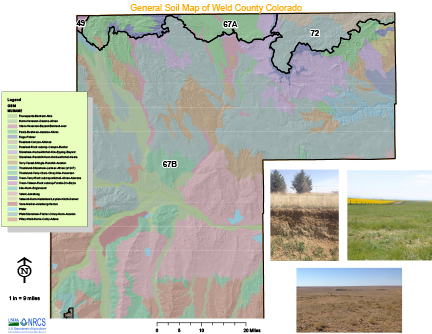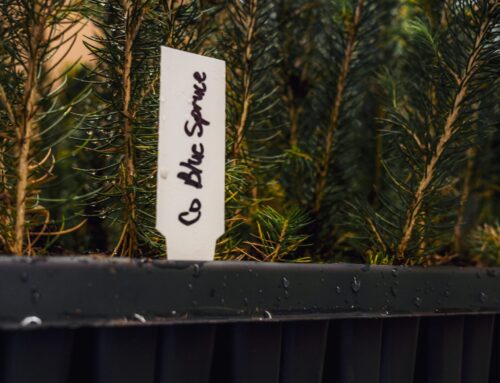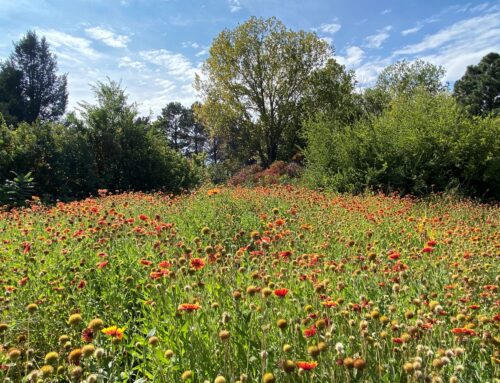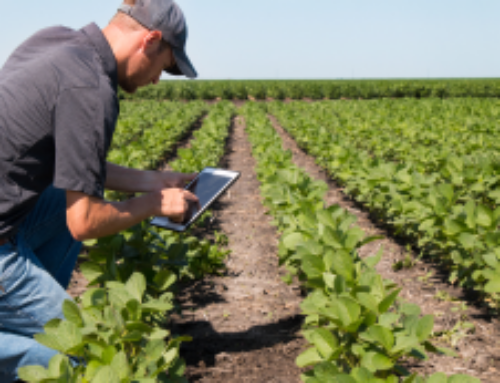By Will Owsley and Clark K. Harshbarger
Thousands of years ago, a variety of different parent materials were deposited in Weld County. Today, soils vary, from the sand hills in the southeast to the exposed weathered bedrock buttes to the north (Soil Survey of Northern Weld County, 1970). Over time, Northern Colorado’s unique climate has left an erosional topography that supports grassland vegetation across much of Weld County.
[box type=’info’ size=” style=’rounded’ border=’none’]General Soil Map of Weld County Colorado
Weld County Land Use map[/box]
A portion of the South Platte watershed drains all of central and southern Weld County. The South Platte River joins the Big Thompson River, which flows into the Cache de la Poudre River near Greeley. Although different in size and appearance, the three rivers’ headwaters are all in the Front Range of the Rocky Mountains.
Cattlemen were the earliest permanent settlers, and remain a significant part of the county’s landscape and economy.
“In regard to this extensive section of country, I do not hesitate in giving the opinion that it is almost wholly unfit for cultivation, and of course, not inhabitable by a people depending upon agriculture for their subsistence,” wrote Maj. Stephen H. Long during an early expedition of the area.
Early colonists established irrigation ditches to divert water from the Cache La Poudre River. The irrigation district quickly expanded as new diversions and ditches were constructed; many of which are still in operation today (See Land use Land Cover map). Today, Weld County ranks eighth in value of lands in agricultural production in the United States (USDA-NASS).
Much of Weld County is located in the northern portion of the Colorado Piedmont section of the Great Plains province. Weld County can be further divided into three distinct major land resource areas:
- Central High Plains Northern (67A);
- Central High Plains Southern (67B), and
- Central High Plains Tableland (72).
The General Soils Map clearly delineates landforms of dissected plains, valleys and sand hills that cover the landscape of Weld County (See STATSGO map). The landforms yield many different soil types that differ in inherent soil properties such as depth to bedrock, depth to seasonal high water table, ecological plant communities, soil texture, and clay mineralogy.
The largest portion of the county is on a gently undulating dissected plain. Areas of reworked old alluvium, wind-modified alluvium and loess are the dominant parent materials across the dissected plain. Alluvium is sediment deposited by running water of streams and rivers. Loess is wind deposited silt-sized particles. This area holds the highest agricultural value due to access to irrigation, gently sloping landforms, and deep soil profiles.
The Wiley-Colby-Weld map unit comprises a large extent of the area under agricultural production in this portion of Weld County. The soils, consisting of deep, nearly level to gently sloping silt loam and loam surface textures are often capped by calcareous mixed alluvium. They are underlined by silty clay loam and clay textured subsoils.
Massive amounts of variously sized coarse sediment were deposited in Weld County. The alluvium is a natural resource used for sand and gravel pits instrumental in supporting regional infrastructure growth. Many of the larger sized gravels were deposited at the end of the last ice age when most of the Rocky Mountain glaciers melted, around 14,000 years ago.
The Fluvaquents-Bankard-Alda map unit makes up a large extent of the area that is mapped on Weld flood plains and flood plain steps. The soils are very deep, poorly to excessively well drained, with stratified gravelly, sandy and loamy textured soils. The main use of this land is as riparian wildlife habitat and it provides a buffer to adjoining agriculture land from flooding and risk of erosion.
The most distinct geologic features in the county are the escarpments that extend across the northern portion of Weld County known as Chalk Bluffs and Pawnee Buttes. The bluffs consist of rock outcroppings of siltstone, commonly with a sandstone cap. Geologists believe that the sediment exposed in the buttes was deposited over 23 million years ago!
Siltstone, sandstone and shale deposits are directly below the escarpments and the area is mainly used for cattle grazing and wildlife habitat. The Peetz-Bushman-Ascalon-Altvan map unit occurs in this portion of the county. The soils on and around the buttes are well drained, deep calcareous loams. The typical vegetation in this area is made up of a short grass prairie. Surface soil textures are sandy loam, loam in the uplands and clay loam in the drainage areas. Native grasses consist of blue gramma, buffalo grass, needle and thread, and western wheat grass.
Conversely, in the southeastern portion of the county, eolian windblown sediments that cap the ancient terrace systems of the South Platte Valley dominate the soils. The Valent-Vona-Osgood soils in the south and southeastern part of the county consist of deep, nearly level to moderately sloping, well drained to excessively drained sands and sandy loams formed by eroded, deposited, or transported materials, primarily by wind. The area is predominantly rangeland, although there are pockets of irrigated and dryland cropland limited by the sandy textures.
To learn more about the soils of Weld County visit the USDA-NRCS Web Soil Survey, http://websoilsurvey.sc.egov.usda.gov. Download data, link to historic published soil survey manuscripts and create personalized soil maps.
As a side note, the initial soil survey areas of Weld County was split into a northern and southern portion and are referred to as CO617 and CO618. There was also an unofficial soil survey completed of the Central Plains Experimental Range Station, which is around 16,000 acres of public land that is located around 5 miles north of Nunn.
For more information email william.Owsley@co.usda.gov or Clark Harshbarger –Clark.Harshbarger@co.usda.gov





